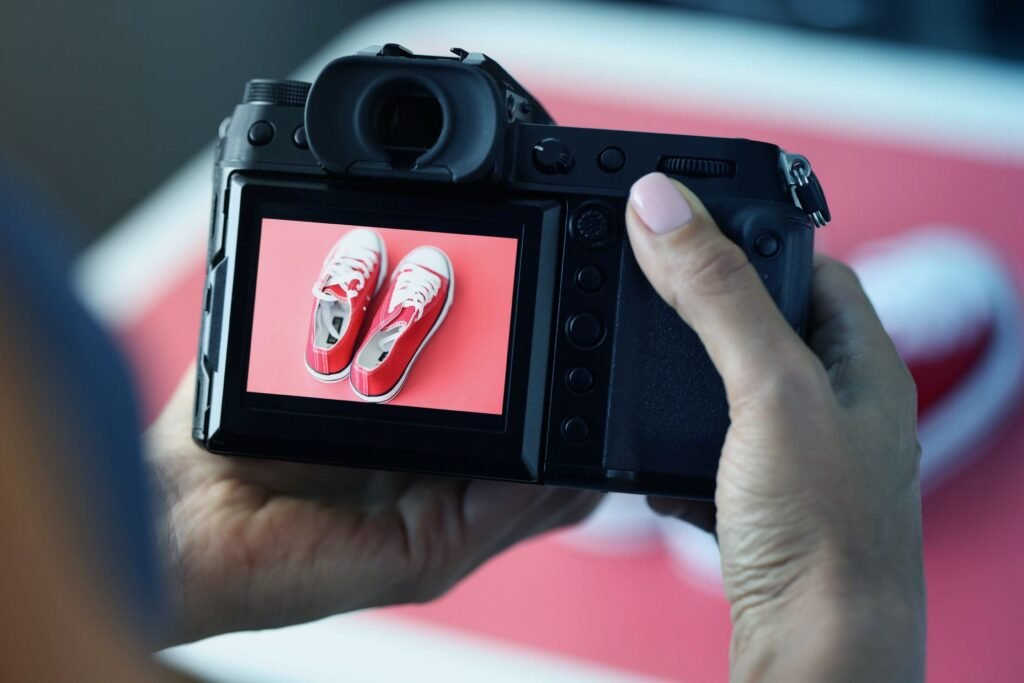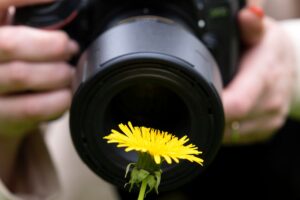“How to use ISO in photography” is a common thinking for all beginners photographer. Because in the beginning stage, they don’t have any proper idea about it. That’s why there is a lot of irony in taking good-quality photos.ISO is One such basic principle in Photography. And Photography is a delicate balance of skill and technical knowledge, and understanding the fundamental principles behind exposure settings is crucial to capturing stunning images. ISO can significantly impact the overall quality of your photos.
In this blog post I will explain everything related to ISO in photography. And I will explain further that by using ISO you can take your photography skill to a unique level. We’ll also discuss the importance of ISO range, setting ISO on your camera, using ISO in different types of photography, and reducing noise in high ISO photos.
Table of Contents
What is ISO in Photography?
ISO is a setting on your camera that defines the sensor’s exposure to light. In photography, ISO is a critical component of the exposure triangle, including shutter speed and aperture. By adjusting the ISO, you can control how much light the sensor captures, ultimately affecting your images’ brightness and overall quality.
ISO sensitivity varies across different cameras, with some offering a more extensive range of settings than others. Understanding how ISO works with other exposure settings is essential to achieve the desired exposure and image quality.
Understanding ISO Range in Photography
The ISO range on your camera refers to the range of sensitivity settings available. Using a relatively low ISO ratio such as ISO 100 or 200 results in less sensitivity of the sensor in the image. On the flip side, opting for a significantly high ISO value, like ISO 3200 or 6400, heightens the camera sensor’s responsiveness to light, potentially leading to a decline in the image’s overall quality.
Noise refers to photos’ grainy or speckled appearance when using high ISO settings.Its recommended to use low ISO ratio to maintain image quality when shooting under normal lighting conditions. However, in low-light situations, a higher ISO setting may be necessary to capture the scene adequately. Smashing a ratio between the ISO and other exposure settings is essential to minimize noise and achieve the best possible image quality.
How to Set ISO on Your Camera
The number of ISO reduction or increase is determined separately for each different camera model. So how much you lower or raise the ISO depends on what model of camera you’re using. Here’s a general guide to help you set the ISO on most cameras:
- don’t forget to turn on your camera and adjust the settings to either manual mode or semi-automatic modes like Aperture Priority or Shutter Priority. That way, you can have better control over the camera’s functions).
- When searching for the ISO button or menu option on your camera, watch for labels such as “ISO,” “ASA,” or an icon that resembles a grid.
- Press the ISO button or navigate to the ISO menu option.
- To adjust the ISO setting, you can either rotate the control dial on your camera, use the arrow buttons, or choose the preferred ISO value from a list. Just pick the method that works best for you!

Some cameras also offer an automatic ISO mode, which allows the camera to adjust the ISO setting based on the lighting conditions. While this can be convenient, manual ISO settings give you more control over your images’ exposure and quality.
When balancing ISO with other exposure settings, remember that increasing ISO will allow you to use faster shutter speeds or smaller apertures. Decreasing ISO may require slower shutter speeds or larger apertures.
ISO in Different Types of Photography
The optimal ISO setting will vary depending on the type of photography you’re engaging in. Here are some tips for using ISO in different photography genres:
- Portrait Photography: Use lower ISO settings to maintain image quality and minimize noise. Balance ISO with aperture and shutter speed to achieve the desired depth of field and motion blur.
- Landscape Photography: Aim for the lowest possible ISO to achieve maximum image quality and dynamic range. Use a tripod to steady the camera and allow for longer exposures without increasing ISO.
- Low-light Photography: Higher ISO settings are often necessary in low-light situations to capture enough light. Use the lowest ISO setting that still allows you to maintain the desired shutter speed and aperture. Be prepared to post-process images to reduce noise.
- Sports and Action Photography: Fast shutter speeds are essential for freezing motion in sports and action shots, which may require higher ISO settings. Try to find a balance between ISO, shutter speed, and aperture to minimize noise while capturing sharp images.
- Astrophotography: High ISO settings are often used in astrophotography to capture faint celestial objects. However, this can introduce noise. Consider using techniques such as stacking multiple exposures to reduce noise while maintaining detail.
How to Reduce Noise in High ISO Photos
Even with careful planning and optimal exposure settings, high ISO photos can still exhibit noise. Fortunately, there are post-processing techniques and software tools that can help reduce noise in your images:
- Use image editing software like Adobe Lightroom or Photoshop to adjust noise reduction settings. Experiment with the luminance and color noise sliders to find the right balance between noise reduction and image detail.
- Try specialized noise reduction software, such as DxO PhotoLab, Topaz DeNoise AI, or Neat Image. These programs are specifically designed to tackle noise in high ISO images and often yield better results than general image editing software.
- Shoot in RAW format, which allows for more control over noise reduction during post-processing compared to JPEG images.
- Consider using a technique called image stacking, where you take multiple photos of the same scene and stack them in post-processing software. This method can help reduce noise while maintaining detail and image quality.
Conclusion
Mastering ISO is an essential skill for any photographer, as it plays a significant role in capturing high-quality images. By understanding the relationship between ISO and other exposure settings, you will be better equipped to adjust your camera’s sensitivity to light, balance exposure, and minimize noise. Experiment with different ISO settings in various lighting conditions and photography genres, and feel free to utilize post-processing techniques to enhance your images further.
As you gain more practice and experience, you’ll become increasingly proficient at capturing breathtaking photos without any disturbance in any given situation.. Keep it up and you’ll get there in no time!
Frequently Aasked Questions
Answer: ISO is an acronym for the International Organization for Standardization. Within photography, it pertains to the camera sensor’s receptiveness to light and plays an essential role in the exposure triangle, along with shutter speed and aperture.
Answer: ISO affects your photos’ brightness and overall quality by determining how sensitive your camera’s sensor is to light. Lower ISO settings result in less sensor sensitivity and less noise, while higher ISO settings increase sensitivity and can result in more noise.
Answer: To modify the ISO setting on your camera, you must make sure that it’s powered on and that you’ve switched to either manual mode or semi-automatic modes like Aperture Priority or Shutter Priority. Once you’re in the appropriate mode, you can proceed with tweaking the ISO as per your requirements. From there, you can make the necessary adjustments to the ISO setting according to your preferences. Look for the ISO button or menu option on your camera and press it. Adjust the ISO setting by rotating the camera’s control dial, using arrow buttons, or selecting the desired ISO value from a list.
Answer: The optimal ISO setting depends on the type of photography and lighting conditions. Generally, use lower ISO settings for portrait and landscape photography to maintain image quality and higher ISO settings for low-light, sports, and action photography to capture enough light while balancing shutter speed and aperture.
Answer: To reduce noise in high ISO photos, use image editing software like Adobe Lightroom or Photoshop or specialized noise reduction software like DxO PhotoLab, Topaz DeNoise AI, or Neat Image. Shooting in RAW format and using image stacking techniques can also help reduce noise while maintaining image detail and quality.






